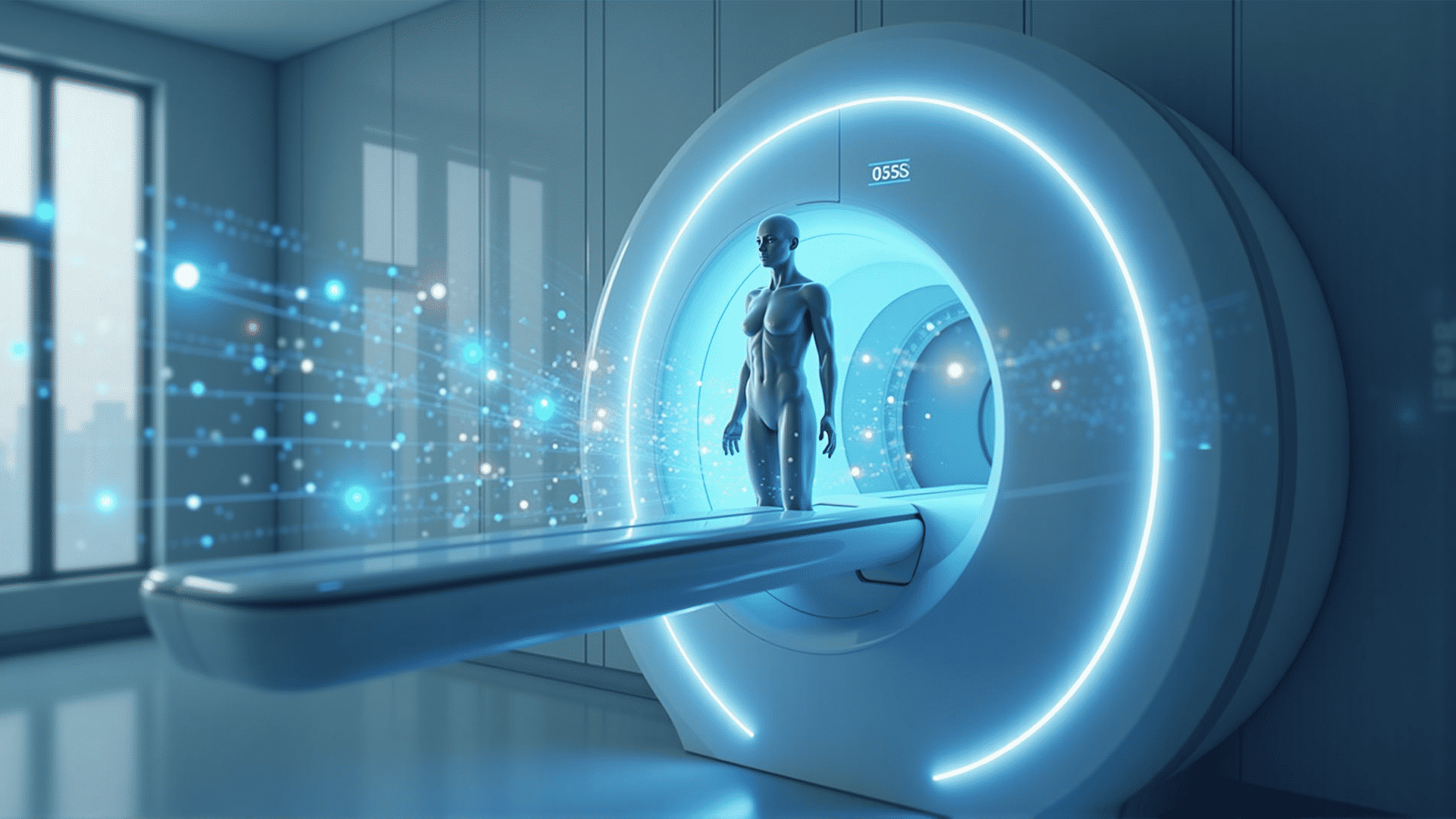The marvel of non-invasive techniques in visualizing the body's internal structures has revolutionized the way we understand health. At the core of these groundbreaking technologies is the humble photon, the fundamental particle of light. Photons play a crucial role in imaging methods that provide us with detailed insights into the complexities of our anatomy.
These tiny particles of energy make it possible to capture images of the body's hidden landscapes without the need for invasive procedures. This powerful capability has become a critical tool for healthcare professionals around the world, facilitating the diagnosis and monitoring of various conditions with remarkable precision and safety.
One of the most well-known applications of photons in this field is through X-ray technology, which employs high-energy photons to penetrate the body's tissues. As these photons pass through the body, they are absorbed at different rates by different tissues, creating an image that depicts various structures such as bones and organs in sharp contrast. This method is invaluable for identifying fractures, infections, and abnormalities that are otherwise invisible to the naked eye.
Another transformative application involves computed tomography, or CT scans. This advanced technique combines multiple X-ray images taken from different angles, allowing computers to generate a comprehensive, cross-sectional view of the body's interior. The resulting high-resolution images assist clinicians in identifying and evaluating complex conditions with unmatched accuracy.
Moreover, the advent of magnetic resonance imaging, or MRI, highlights a different way photons contribute to imaging. Although MRI primarily relies on magnetic fields, it uses radio waves—another form of electromagnetic radiation akin to photons—to disrupt the natural alignment of hydrogen atoms in the body. When these atoms return to their original state, they emit signals that are detected and transformed into detailed images of the body's soft tissues.
The versatility of photons extends beyond traditional X-ray and MRI techniques. Newer imaging methods, such as positron emission tomography (PET), leverage photons in yet another ingenious way. PET scans provide functional information about tissues and organ systems, enabling clinicians to observe metabolic processes in real-time. By tracking special markers that emit photons, PET scans uncover cellular-level activities, offering a window into the body's physiological processes.
As we continue to explore and expand the potential of photons in this field, we usher in a new era of non-invasive diagnosis and treatment. The evolving role of photons in these technologies not only enhances our ability to visualize the intricate workings of the human body but also paves the way for innovations that will further transform how we approach health and wellness. The future of imaging, driven by these minute packets of light, promises to illuminate the path toward more effective and personalized care.
